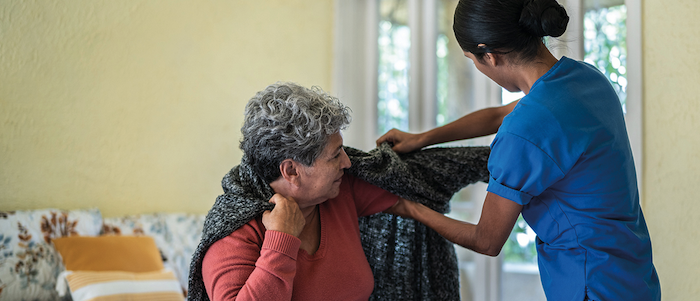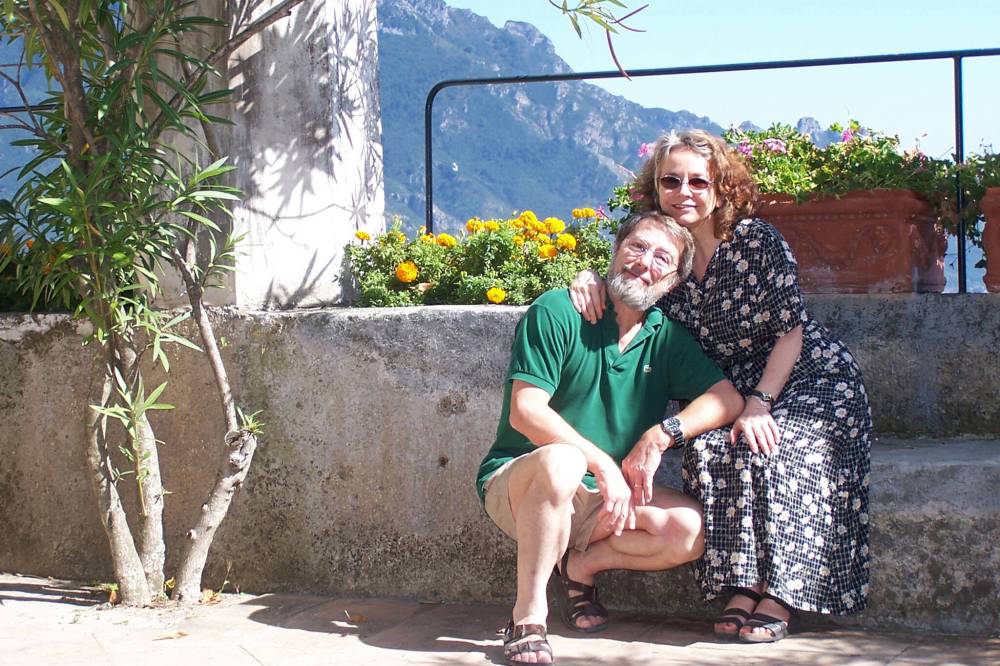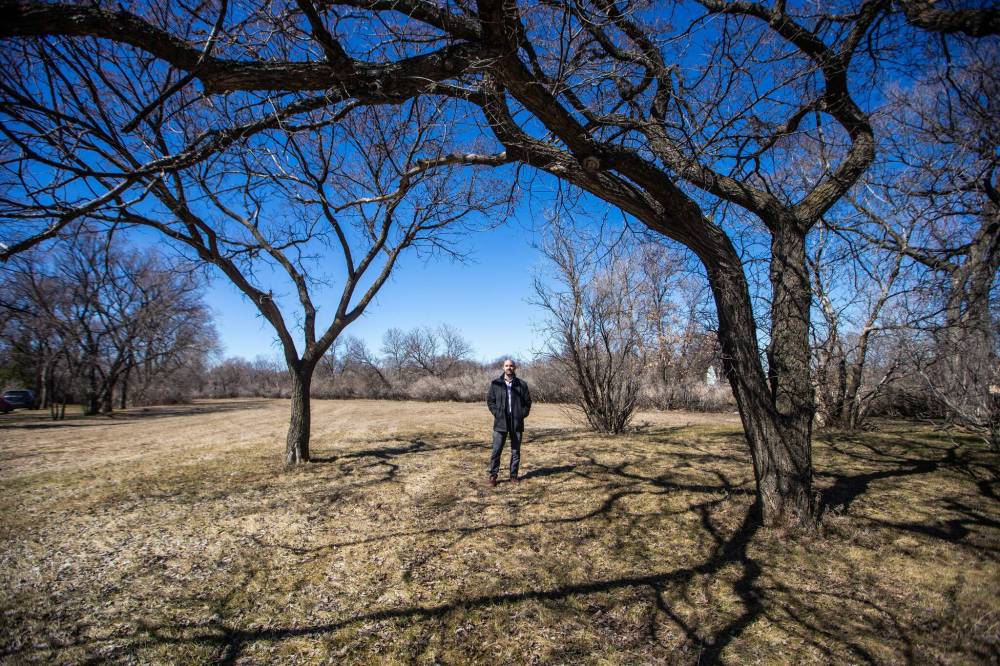— The great tragedians’ writings on suffering, stigma and survival can help guide our own struggles with assisted dying.

A leading broadsheet marked Good Friday this year with an article about the need to overcome the “taboo” surrounding physician-assisted dying. It seemed a rather odd way not only of celebrating the day, but of referring to a topic that has had its fair share of uninhibited public discussion in the past two to three decades; but the writer was, I suppose, trying to distance the issue from the stigma that still hangs around the word “suicide”. Edith Hall, in this remarkable, brave and compassionate book, evidently shares something of this concern, seeking to disentangle the idea of “euthanasia for someone facing an inevitable and agonising death” and “temporary and intermittent urges” to end one’s life. The great moral weight of the book’s argument is the conviction that suicide as we normally think about it is an act that inflicts drastic damage on survivors. Anyone contemplating deliberately ending their life needs to be alert to that damage – a damage that can have transgenerational consequences impossible to quantify.
Transgenerational trauma is at the heart of the book. Hall presents us with a tragic family history, both her great-grandfather and her grandmother having taken their own lives, leaving her mother with a crushing burden of guilt and bewilderment, expressed in years of emotional repression or confusion and self-harming habits. As Hall writes, no one was paying much attention in the mid-20th century to the needs of suicide’s “survivors” – children, siblings, friends, carers. People were largely left to work out their own strategies, and these strategies, often involving some level of denial, had their own lethal effects: Hall’s last but one chapter, “The Author’s Tale”, describes her own harrowing struggle over many years with suicidal depression, and the crucial role that consideration of the violence her suicide might inflict played for her.
This is where her classical studies prove significant. Hall is one of the most prolific and insightful commentators in English on Greek tragedy, and in Facing Down the Furies she draws out an aspect of this literature that not many have highlighted. In her view, what is strikingly distinct in the tragedies of Aeschylus, Sophocles and Euripides when they deal with suicide (and with other forms of untimely and violent death) is their readiness to imagine the reactions of survivors – parents, spouses, children, whole households – so that the unnaturalness of the act is not blunted or romanticised. “You’ve destroyed more than just yourself,” says Theseus, lamenting his dead wife Phaedra in Euripides’s Hippolytus. And, with perhaps even more poignancy, the same author’s Suppliant Women depicts a father resolving on suicide after his daughter has killed herself.
In a way, this unsparing recognition of suffering is the other side of what is laid out so poignantly in a very different drama, the Philoctetes of Sophocles, where extreme physical anguish is compounded by the lack of any observer: “He [Philoctetes] desperately needs to have his suffering acknowledged,” as Hall writes. Part of the function of tragic writing is the securing of witness: the telling or showing of suffering does not ease pain but at least breaks down the terrible isolation of the sufferer. Perhaps – so tragic literature suggests – the fact of witness preserves the glimmer of hope that unmitigatedly terrible experience can be “meaningful”, at least to the extent that it is accompanied by compassionate acknowledgement.
So for Hall, the tragedians were her “witnesses”; they offered words and images to let her know that the crushing inheritance of family catastrophe and the blinding loneliness of suicidal depression had been seen, thought, spoken. Her book is written to pass on that perception and to tell us, when we face the pressure of unrelieved unhappiness or meaninglessness, that our lives are always bound with those of others, and so are not simply a property for us as individuals to dispose of.
Digesting all this, we may come to understand more clearly the reactions that help to perpetuate the stigma surrounding the issue. There is sheer anger: how could they do this to me, to us? There is condemnation, religious or otherwise: this is a sinful rejection of the gift of life. There is passivity, collusive passivity: it’s their decision, it’s a matter of freedom. The anger has to be dealt with by the sort of patient narration that Hall undertakes so sensitively in her extended memoirs of her family (providing, incidentally, a vivid snapshot of Scottish civic and cultural life from the mid-19th to the mid-20th century). Condemnation abandons this patient quarrying for understanding and will get us nowhere. Collusive passivity simply fails to register the depth of destructive impact; at worst it spills over into the cheapened existentialist dramatising of suicide as the ultimate expression of sovereign autonomy (Dostoevsky has some things to say about that).
There is a textbook oversimplification that associates ancient Stoicism with a view resembling this, and it has found avatars in more modern discussions. Hall reminds us that in its most familiar form (in Pliny, or Marcus Aurelius’s Meditations, say) it is bound up with a distinctive culture of “noble” liberty, independence, honour and reputation, which is not quite what the earlier and more pragmatic Stoics actually suggest. She also notes that in later writers (David Hume is a good example) it is typically favoured by wealthy, male, single thinkers, people who are not that interested in the effects of their actions on others because they do not live in a particularly interdependent framework of relations.
She notes that religious attitudes to suicide have played a large part in establishing the stigma around it. Biblical prohibitions against the taking of human life were read as implicitly forbidding taking one’s own. Just as the killing of a family member is in some sense a worse offence than killing a professed enemy, so suicide deserves special opprobrium because it is the violent ending of the life that is closest to you – your own.
Hall does not go into the full detail of St Augustine’s treatment of the question in his City of God, but it has some resonance with her summary of the Roman cult of “noble” suicide. Augustine is discussing the fact that some women (especially nuns) raped during the Sack of Rome in 410 took their own lives, and he compares it with the well-known Roman legend of the suicide of Lucretia after being raped by Tarquin. He gives very short shrift to the idea of suicide for the sake of honour, and says firmly that the victim of sexual violence is not to think of herself as guilty, nor is anyone else to treat them as culpable. Lucretia is for him an example of what he analyses at length in City of God, the Roman obsession with status and reputation at the expense of internal moral clarity. He recognises the depth of shame that is felt by survivors of rape, but warns against assimilating it to guilt. By contemporary standards, he pays no real attention to the abiding trauma of physical violation, the burden of self-disgust and so on; his treatment of the question is one that does not give much space to the subject’s point of view. But he does at least counter the idea that internalising the blame that a patriarchal society projects is a good thing.
Hall, I suspect, is not a great aficionado of Augustine, but there is some common ground here. Dealing with suicidal thought or temptation involves restoring a sense of being positively involved with the lives of others – the feeling that people are “invested” in your life, and that killing yourself is an injury to them. But for that to happen, the culture you live in also needs to demonstrate that investment. For the survivor of rape or any other form of abuse, for the demonised sexual minority, for those left behind in
the bloodthirsty competitiveness of some academic hothouses or online networks, what makes a difference is not only an individually positive attitude but the assurance of – once again – being witnessed, being taken seriously, being treated as though your well-being were intrinsic to that of others. Policies around – for example – student mental health (something that Hall, a professor at Durham University, and this reviewer both have some experience with) are not only about survival tactics for individuals but about creating cultures that challenge shaming and affirm what I’ve called investment. And this book is triumphant proof that teaching and writing about the humanities is a vitally necessary dimension of such culture creation. Anyone who has ears to hear, let them hear.
Hall writes with lucidity and directness, and her treatment of the classical texts is consistently insightful. There are one or two forgivable bumps in the road here and there. The reference to an intriguing apocryphal story of St Peter confronted by a suicidal woman is a bit garbled in the notes, assimilating two ancient works attributed to the same author that happen to be printed together in the same volume. Also, the citation of two texts from Hebrew Scripture as a “Jewish proscription of suicide” is rather misleading: one of these texts is an instance of the general prohibition against murder which the rabbinical commentators took as including the prohibition of suicide; the other bears no obvious relation to the topic and may be a faulty transcription. Jewish scholars have generally allowed that there is no direct condemnation of suicide in the Torah, and certain dramatic acts of individual and collective suicide when faced with persecution or massacre (from the death of King Saul or the mass suicide of the defenders of Masada against the Romans) have been regarded by the commentators as pardonable, even sometimes as admirable. We might see here an implied argument (whether we accept it or not) that in a way complements Hall’s main concern: in these instances, a survivor of mass violence would be left exposed to the worst fate imaginable, so that collective suicide could appear a more merciful and moral possibility.
But that is not Hall’s main focus. What we have is a moving reflection on how the sense of anchorage in the lives and needs of others is central to keeping us alive, especially when not much else appears to be doing so. In one way, the phrase quoted above about “intermittent and temporary urges” does less than justice to the intensity of suicidal ideation grounded in traumatic loss, obsessive guilt, or extreme and unbroken depression. Some would say that it is more like the steady presence of a death sentence, with only the timing being uncertain: not a matter of unbearable physical agony but a mental hopelessness that makes a liveable future just as unimaginable. Indeed, the case for physician-assisted dying often appeals to just that sense of an unimaginable future, whether or not accompanied by excruciating physical pain. This is not a book about temporary bouts of darkness, but about the long and winding road of internal terror or emptiness that leads to the final decision for death; about the deep roots in family history as well as individual suffering that push in that direction.
Which is why I hope we hear more from Edith Hall about how her reflections bear on the question of “assisted” suicide – reservations about which are not all rooted in some variety of irrational dogmatism (religious believers in fact disagree on this as on a good many other ethical questions). As the pressure for legal change mounts – a petition led by Esther Rantzen recently triggered a debate in parliament – there is also a heightened awareness that how and by whom decisions are to be made if there is new legal provision are not straightforward, precisely because of the complex mutual “investments” involved where a dying person and their families and friends are concerned. There are reassuring and not-so-reassuring stories; there is a nagging uncertainty in some minds about how a new policy would work in terms of resourcing for palliative care, the use of funds, the pressures on an overloaded healthcare system and so on.
Hall is right to want to resist assimilating all forms of “willed” death to the desperate, isolated, heartbreaking and hurtful instances at the centre of her narrative. But as we go on grappling with these questions we need not the breaking of an imaginary taboo, perhaps not even just the disappearance of a tradition of stigma, but more of the granular, sensitive, honest recording that this book offers, and more of the deep resource of the imagination represented by the great tragedians she so eloquently brings alive for us.
Facing Down the Furies: Suicide, the Ancient Greeks, and Me
Edith Hall
Yale, 256pp, £18.99
Complete Article ↪HERE↩!









